The first thing to note is that there are no records of balls used in 1960 or 1964, so we start with balls from 1968. As you would expect, they are all Adidas balls and have changed both in construction and in the technologies used. Let's take a look at this fantastic evolution over the years.
1968 adidas Telstar Elast
First officially registered ball, named after the 'TELSTAR' communications satellite, which was relatively spherical and had solar panels that ran like a football.
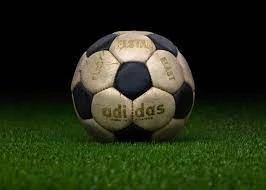
1972 y 1976 adidas Telstar Durlast
Slight evolution of the previous ball with improved water resistance and improved panels.
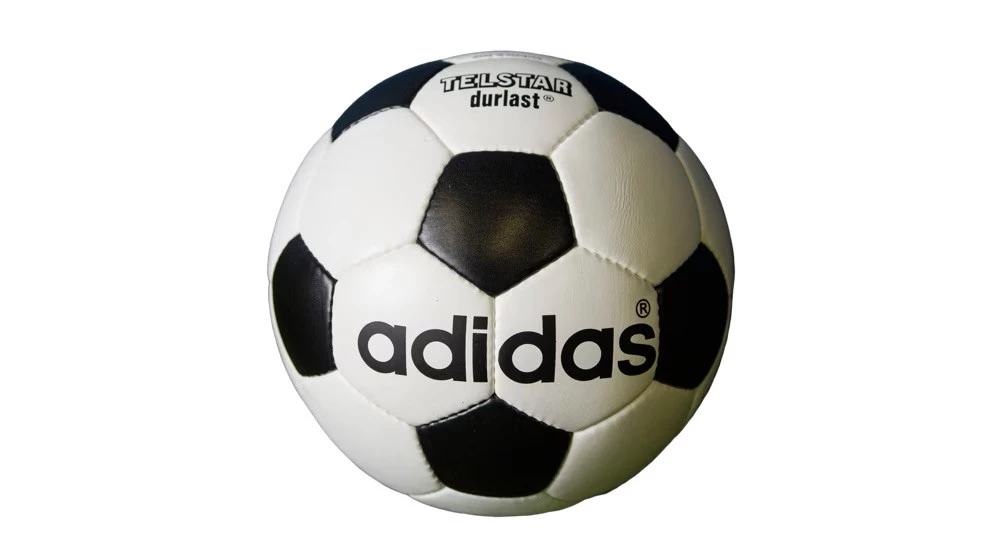
1980- adidas Tango River Plate
The first new Tango design directly from the 1978 World Cup, with redesigned panels and a nod to Argentinian culture. A luxury ball.
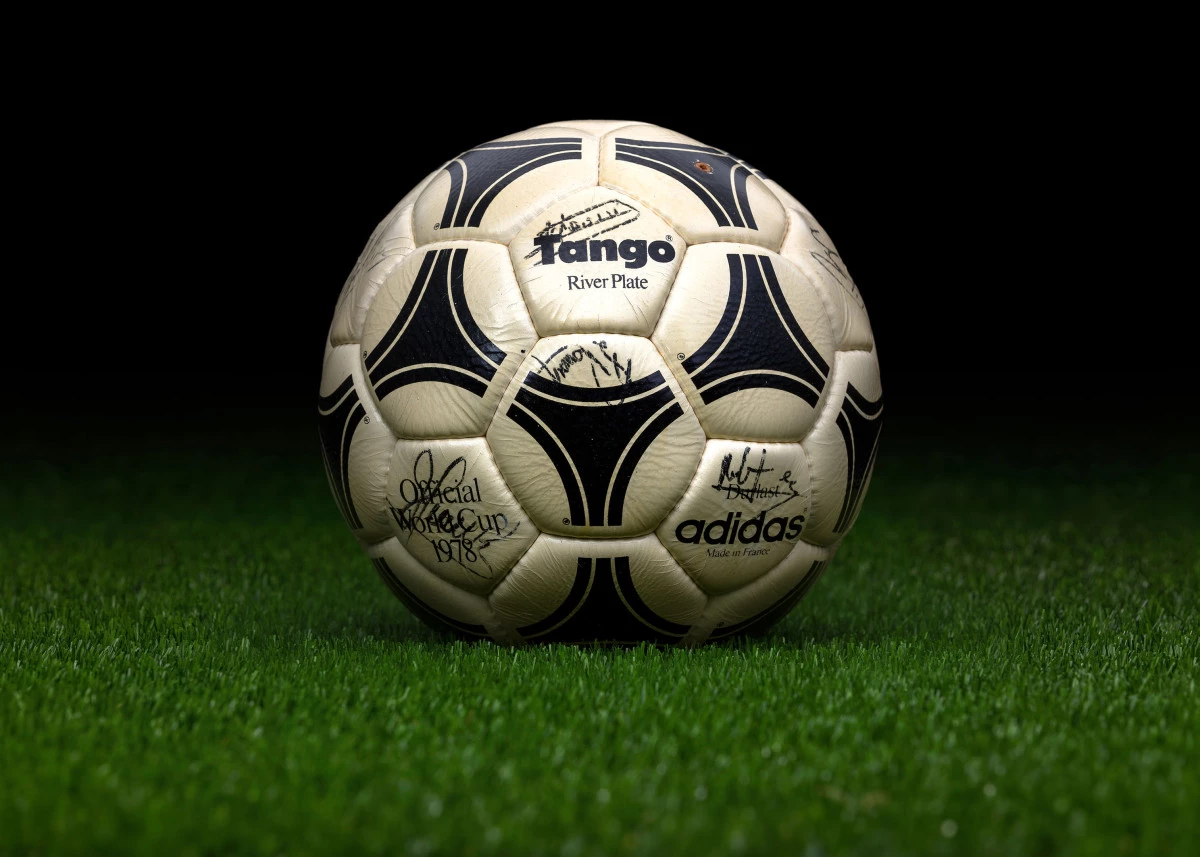
1984- adidas Tango mundial
First non-leather ball with an improved layering system, very similar to the previous one, but with a special personalisation for the European Championship.
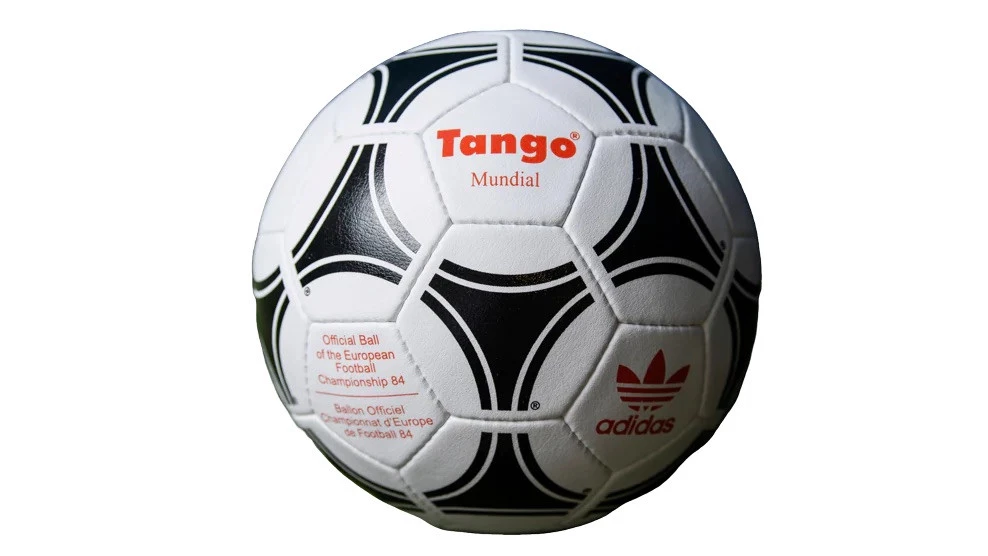
1988- adidas Tango Europa
The same design as the previous Euro, but with improved stitching and a new treatment for the panels. From this time on, attention was paid to preventing water accumulation during the game.
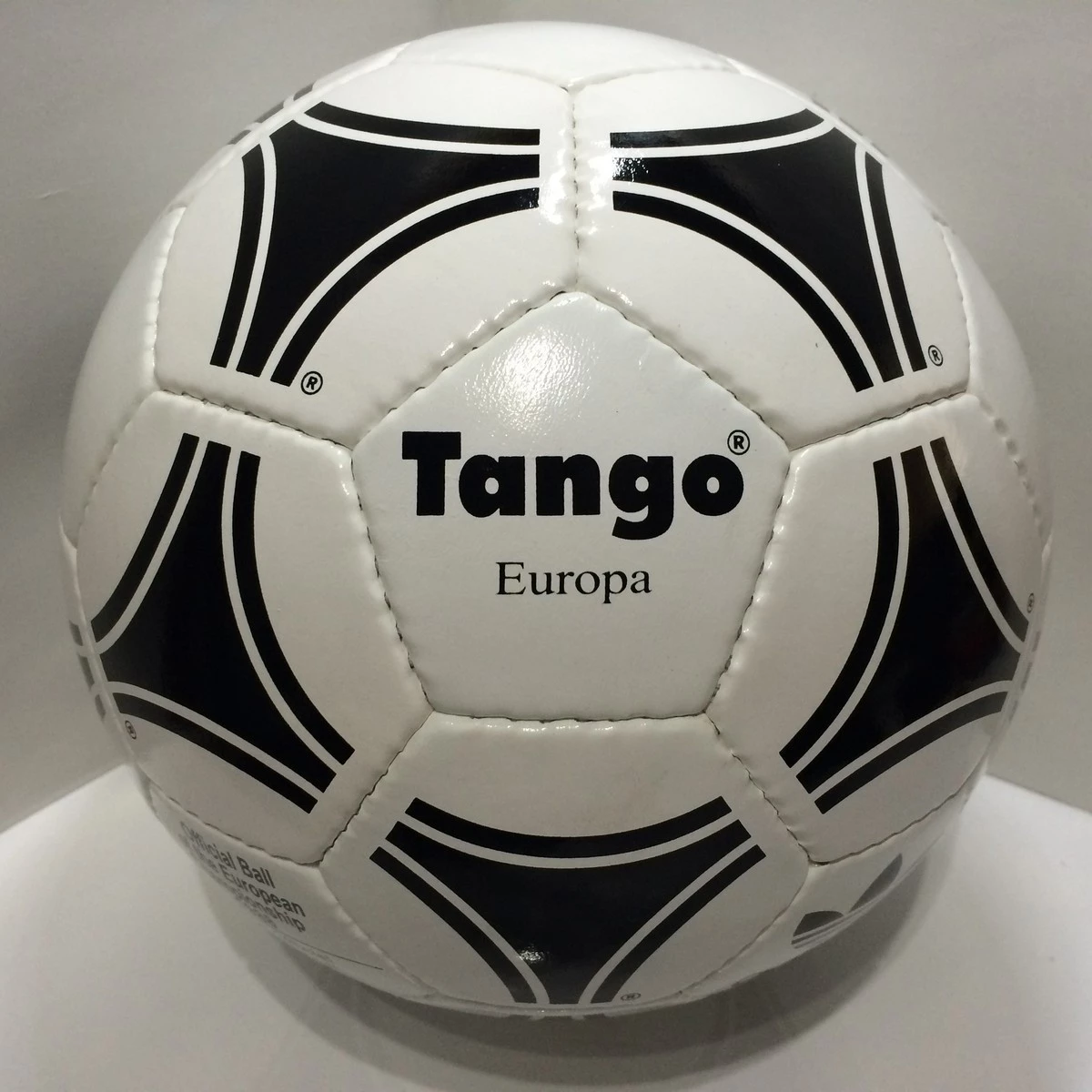
1992- adidas Etrusco único
A new design for the match ball and once again a ball used at the Italy 90 World Cup. The reference is obvious as the Etruscans and Italian history are represented on the ball with the famous lion heads running all over the ball.
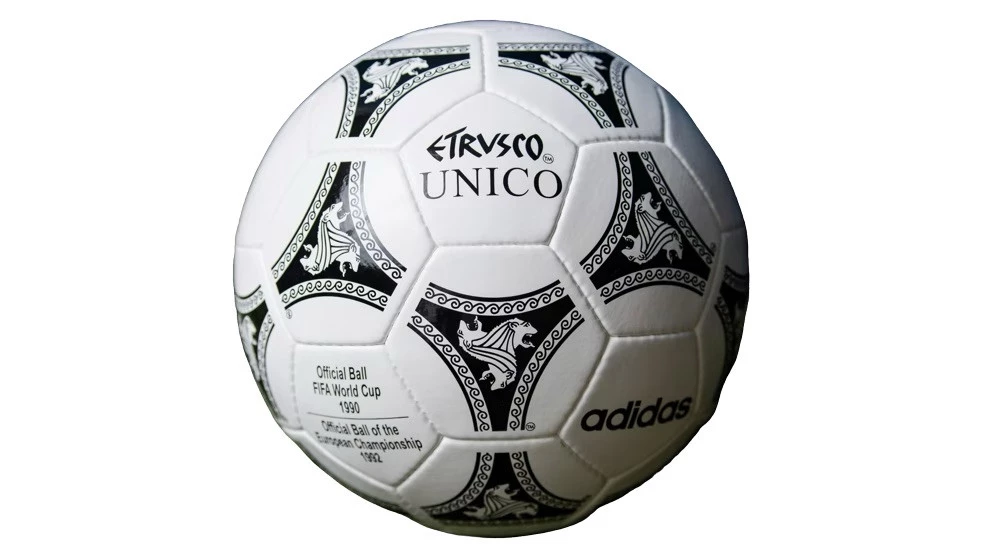
1996- adidas Questra Europa
The first ball with a colour design, leaving behind the classic black and white to pay homage to the hosts, England. Lions and red roses have been mixed into the design of the ball, with the same patterns as the Etruscan ball.
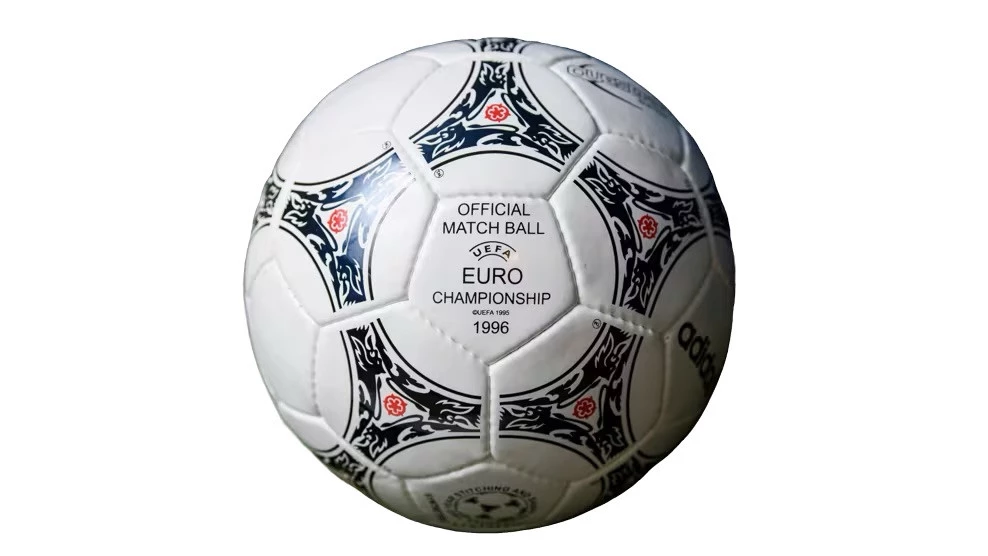
2000- adidas Terrestra silverstream
Belgium and the Netherlands were represented in this ball with their channels, which focused on technology as well as design. New panels with a layer on top to improve control and make the stroke even smoother.
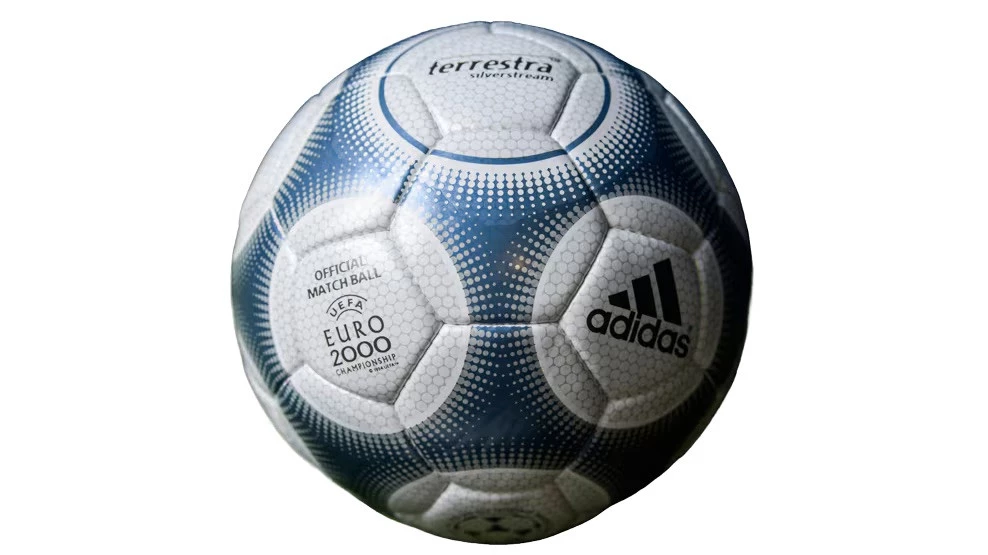
2004- adidas Roteiro
A special ball that changed the whole design concept, as it had a silver background instead of a white one. The name means "navigation map" and refers to the voyages of the Portuguese conquerors, where the tournament will be held. A big step forward for adidas.
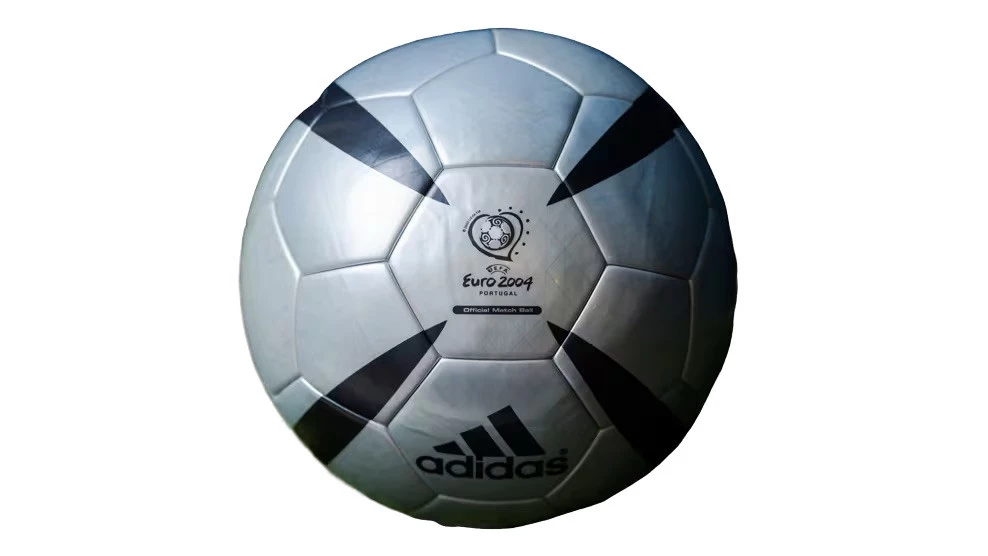
2008- adidas Europass
The panel design has been modified to just 14 thermo-sealed panels in a design that clearly relates to the movement of the ball. Micro-textured panels have already been incorporated into the top of the panels to increase grip on the ball.
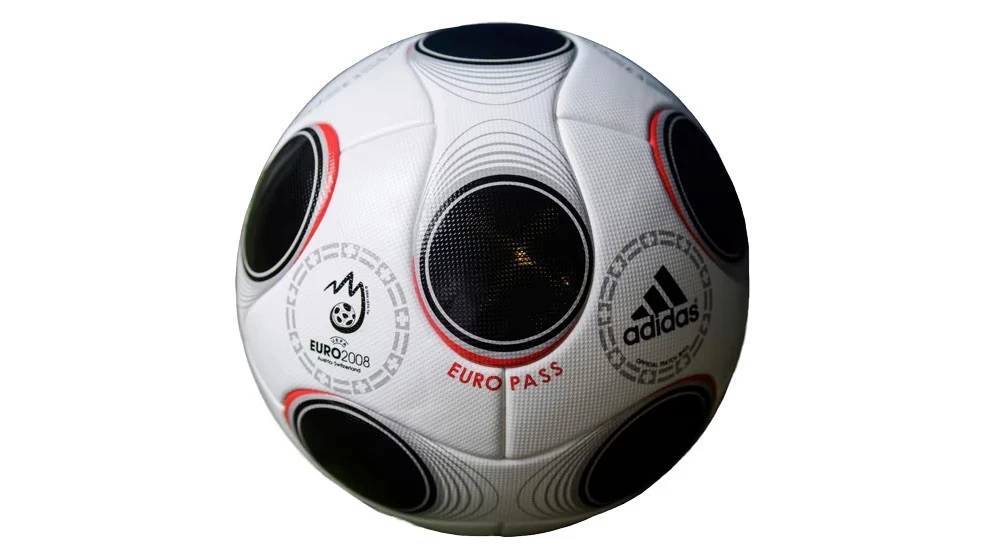
2012- adidas Tango 12
A classic from the German brand is revisited with a reinterpretation of the patterns of the original tango. In a nod to the hosts, Poland and Ukraine, we have included details of the colours of their flags all over the ball, as well as patterns of a type of cut-out paper typical of the rural areas of both countries.
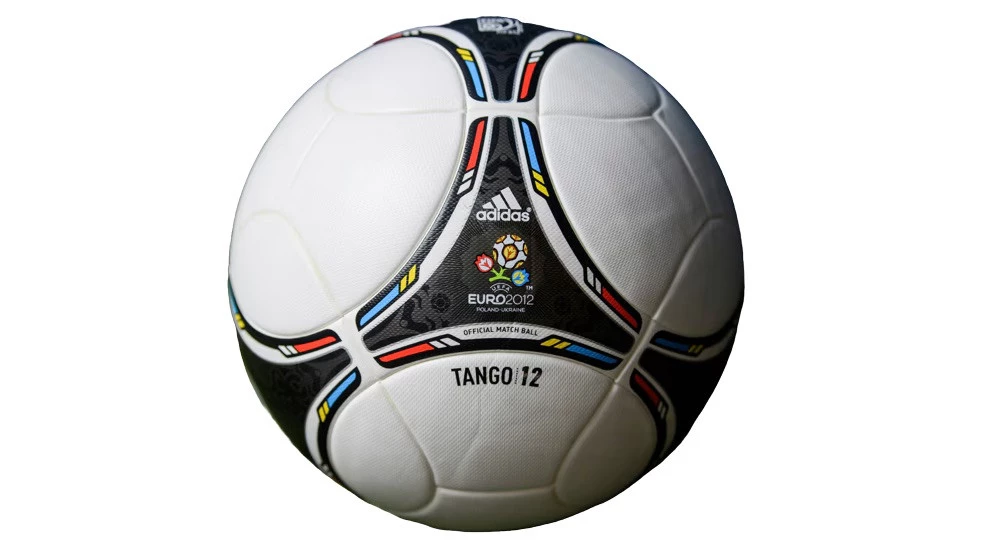
2016- adidas Beu Jeu
The ball, which literally means "play nice", was decorated in France's colours of blue, white and red.
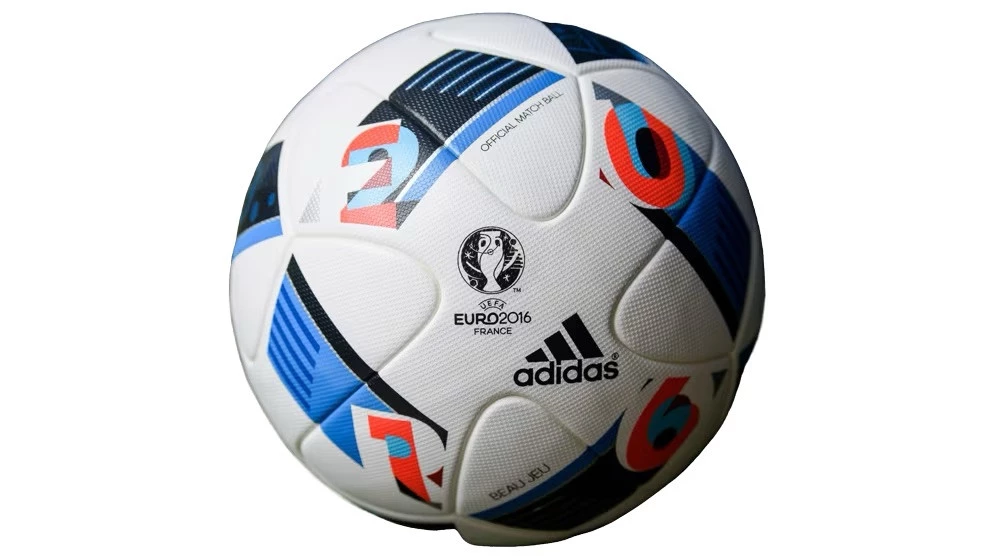
2020- adidas Uniforia
A more recent ball, which we all know, represented the unity of Europe as a whole by representing the eleven countries that hosted a match in the tournament.
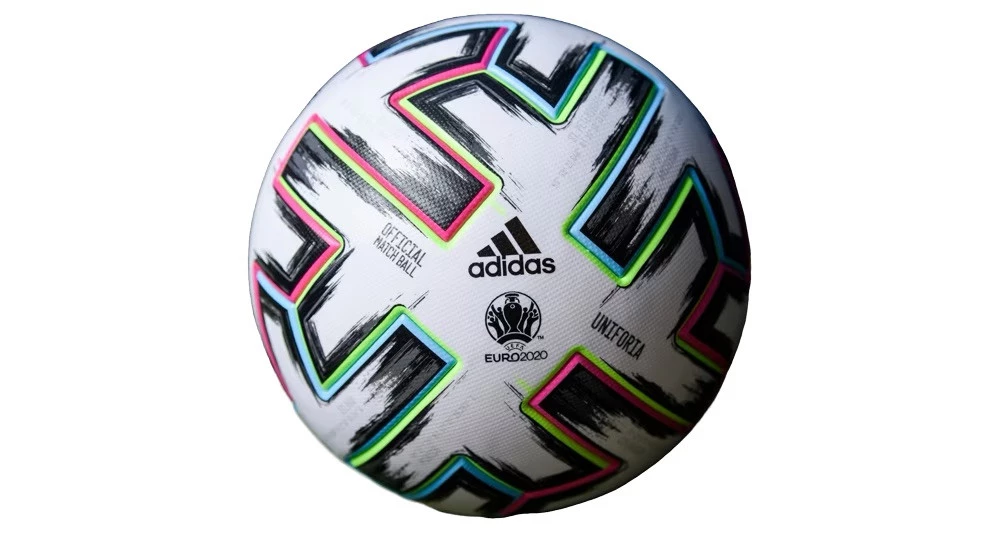
2024- adidas Fussballliebe
The love of football is what the new ball for Euro 2024, which will take place in Germany, is designed to represent. As well as a special design of heat-sealed panels, we have the technology to match.
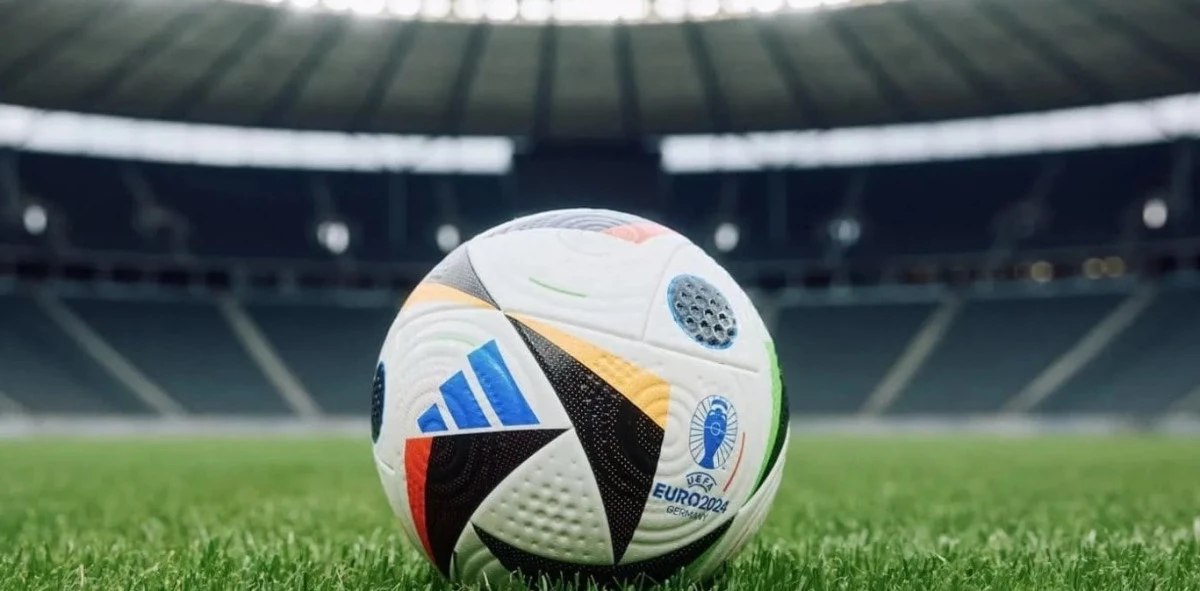
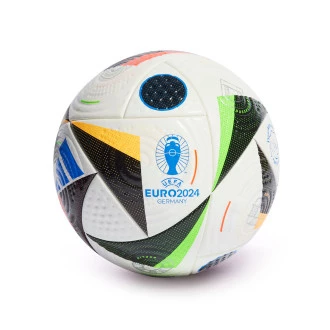
Ball Official Euro24 White-Black-Glory blue
€123.96
And that concludes our review of all the Euroballs. Which one is your favourite?
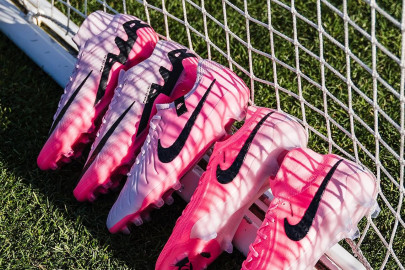

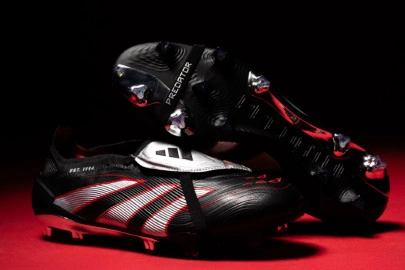
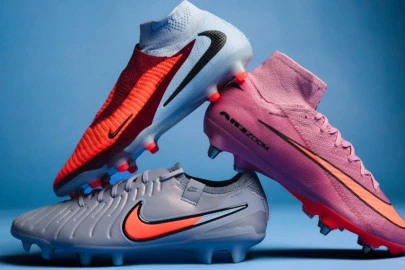
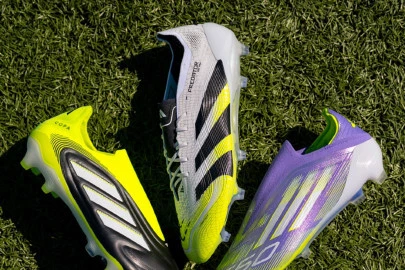
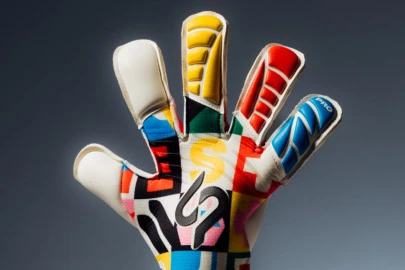
Log in or
create your account
Your best self starts here. Come in and get in your prime